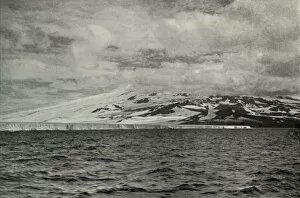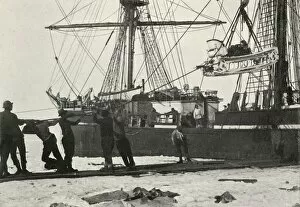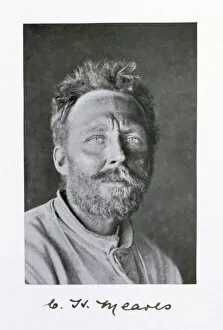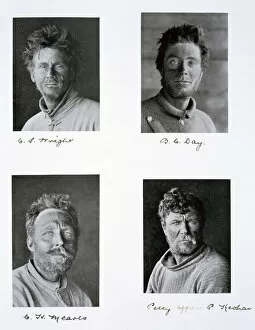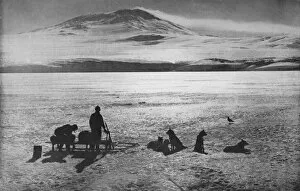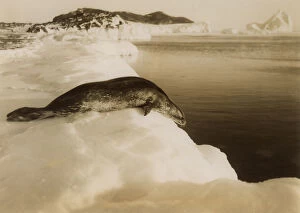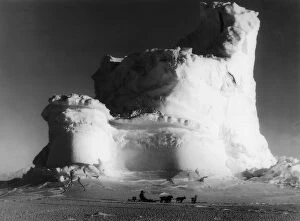Ponting Collection (#8)
"Ponting: Capturing the Spirit of Adventure and Exploration" Step into the captivating world of Ponting, a name that resonates with tales of bravery and discovery
For sale as Licensed Images
Choose your image, Select your licence and Download the media
"Ponting: Capturing the Spirit of Adventure and Exploration" Step into the captivating world of Ponting, a name that resonates with tales of bravery and discovery. From Scott of the Antarctic to Prince and Princess Ito of Japan, Herbert Ponting's artistic prowess immortalizes historical moments for generations to come. In his iconic photograph from The Sphere, we witness Scott's epic expedition through the lens of Ponting's camera. The image transports us to a time when courage knew no bounds and exploration pushed humanity to its limits. Ponting's talent extends beyond photography; his brushstrokes bring life to Prince and Princess Ito of Japan and their family in 1909. Through artistry, he captures their regal grace, preserving their legacy for future admirers. The frozen landscapes become alive as Captain Scott glides on skis in another masterpiece by Ponting. This snapshot freezes time amidst an icy wilderness, showcasing both man's resilience and nature's breathtaking beauty. As we delve deeper into history, we encounter The Second Western Party on the day they were rescued by ship - a moment forever etched in our minds thanks to Ponting's skilled eye. We can almost feel the relief emanating from their faces as they are saved from treacherous conditions. Robert Falcon Scott himself becomes a subject under Ponting’s lens – an explorer whose determination echoes through time. His unwavering spirit is captured in every frame taken by this remarkable artist. Wilson, Bowers, and Cherry-Garrard return from Cape Crozier in yet another poignant photograph by Herbert Ponting. Their triumphant expressions speak volumes about human endurance against all odds - a testament to both individual strength and camaraderie forged during arduous expeditions. It also ventured into cinematography with his groundbreaking "Ponting Cinematographs. " These moving images allow us glimpses into life aboard Terra Nova - capturing not only still frames but also the essence of adventure in motion.


